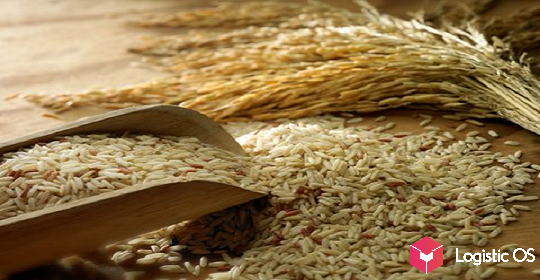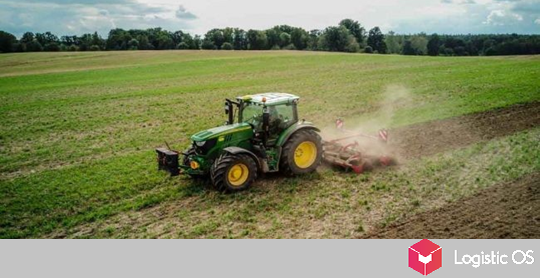Winter sowing for the harvest of 2022 has already taken place in a number of Russian regions.
And although the area for winter crops has decreased slightly, there is reason to worry about the future harvest.
By August 11, winter crops in Russia had already been sown on 26.2 thousand hectares. Including, in Udmurtia, Mordovia, Chuvashia and Tatarstan, as well as in the Tomsk region.
In this regard, the analytical center Sovekon revises its forecasts for the better.
Earlier, he predicted that the area under winter crops in the new season will decrease by 5-10%. Now, according to the head of the agency Andrei Sizov, it can be assumed that the decrease in acreage will be less noticeable.
“The fact is that prices for crop production at the start of the season are at record levels for this period. This factor will support sowing, ”Sizov said.
In recent weeks, wheat, for example, has shown a significant increase in prices, sometimes up to + 10% per week. This strongly encourages growers to sow more.
At the same time, winter crops in Russia are still decreasing every year.
For example, a year ago they sown 17.5 million hectares, which is 6.7% less than in 2020. And the trend, unfortunately, continues, even if this time the fall is less than 5%.
Areas are almost the same, but yields are falling
At the same time, as Andrei Sizov noted, it is not only about the squares.
“The future gross harvest depends not only on the sown area, but also on investments per hectare: in seeds, fertilizers, plant protection products, renewal of equipment. And this is where we will see a reduction in costs. Thus, with a slight decrease in crops and a serious decrease in costs per hectare in the future, especially in adverse weather conditions, we can get a significant drop in gross harvest. ”
This season we could see a record harvest of winter crops — based on the volume of sowing last fall on an area of 19.3 million hectares.
But it didn’t work out. And the point is not only in drought, but also in the fact that producers have already begun to save on crops.
After all, a number of fertilizers rose in price by 1.5-2 times over the year. In such a situation, producers need a lot more money to make profits even at the same level. And it is currently seriously limited by export duties on grain, which have been established by the state.
So it turns out that the sown area annually decreases (albeit by a few percent), and at the same time, farmers are reducing costs, applying less fertilizer per hectare, purchasing less equipment.
In the future, all this will definitely lead to a strong reduction in yields.
The only thing that can save the situation is the favorable market situation, which has developed at the present time due to the increase in grain prices.
Therefore, the farmers will have to sow this time in the hope that this situation will not have time to change during the new season.

